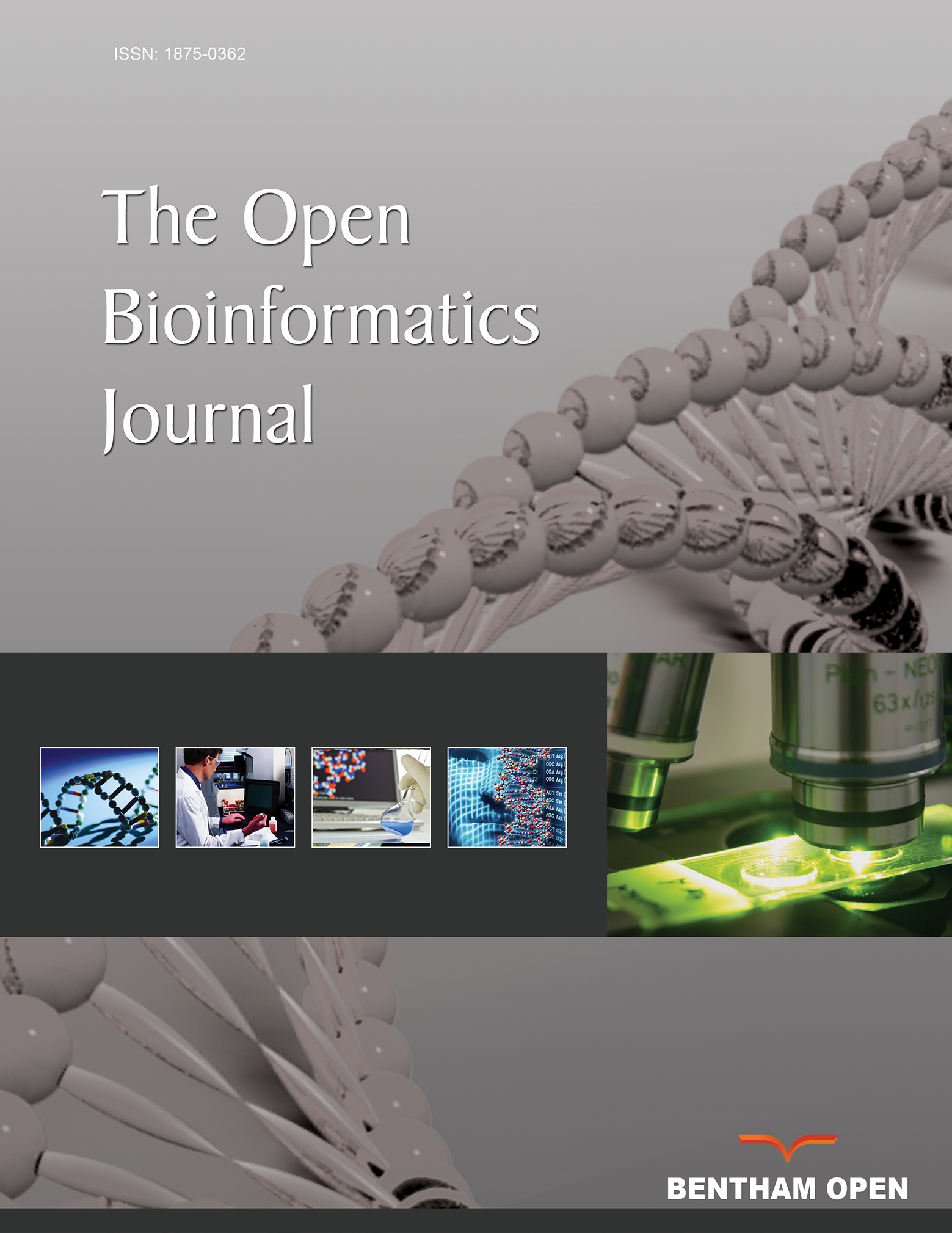All published articles of this journal are available on ScienceDirect.
Predicting Sepsis in the Intensive Care Unit (ICU) through Vital Signs using Support Vector Machine (SVM)
Abstract
Background:
As sepsis is one of the life-threatening diseases, predicting sepsis with high accuracy could help save lives.
Methods:
Efficiency and accuracy of predicting sepsis can be enhanced through optimal feature selection. In this work, a support vector machine model is proposed to automatically predict a patient’s risk of sepsis based on physiological data collected from the ICU.
Results:
The support vector machine algorithm that uses the extracted features has a great impact on sepsis prediction, which yields the accuracy of 0.73.
Conclusion:
Predicting sepsis can be accurately performed using the main vital signs and support vector machine.


